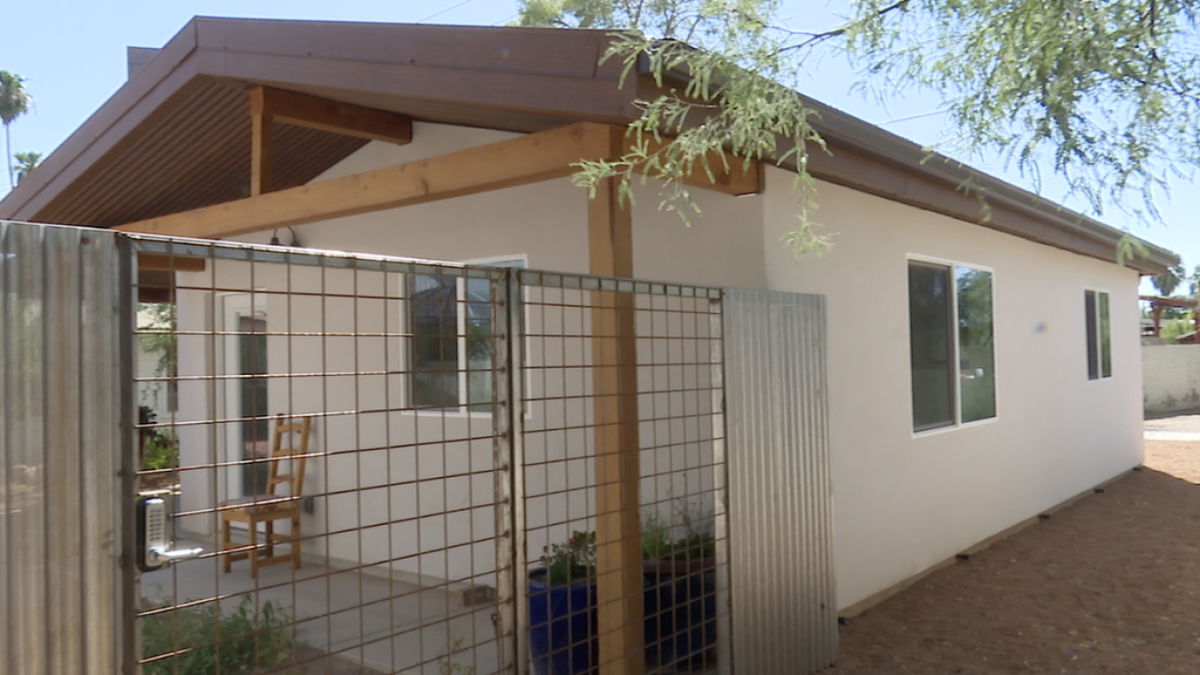Choosing casitas: Neighbors turn to casitas to save money and make money

Buying a house is tough enough
Click here for updates on this story
TUCSON, Arizona (KGUN) — Buying a house is tough enough, but finding housing that’s affordable is even harder — one solution people are trying out is the “casita.”
It’s a smaller house that can fit in a backyard.
“I think it’s a good house for people that cannot afford to live in a big house,” said Varo Ramirez, a general contractor, who built a casita on his property for his mom rather than buying a new house.
After Governor Katie Hobbs signed HB2720, also known as the “casita law,” which allows accessory dwelling units (ADU) to be built on existing property zoned for a single-family home, it became easier for homeowners to get a permit to build a casita on their property.
Urban Infill Project co-founder Valerie Lane noticed the growth in demand for casitas first-hand.
“To sell nineteen of these floor plans in just one year, I mean, that in itself is a sign that people just were lacking the tools that they needed,” Lane said.
Lane helps homeowners build casitas on a property, providing guidance in the construction and permitting process.
For example, she said, one homeowner rents out two separate tiny homes on her property — one home is rented out to a retired woman and a college student, creating a “micro community.”
“We wanted to empower homeowners to be able to create, you know, wealth on their property, to create opportunity for their kids, their aging parents,” Lane said.
To build a casita, Lane said, it typically costs between $100,000 to $200,000, and homeowners are getting creative with their uses.
“One guy is going to be using one of these units as a metal shop, so there will be no kitchen and drywall,” Lane said.
However, for other Tucson residents, like Peter Norback, the pleasures of a casita isn’t new.
When he began living there in 2003, he said, he was paying $300 for rent. Now, he pays $500.
“I fix everything I can because I take the burden off the people who own the property,” Norback said.
While Norback relishes in getting involved in the community, he said he enjoys having his own privacy and a space manageable by one person, compared to a huge home.
“There’s so many people hurting. Why don’t you take that excess and help people?” Norback questioned.
It’s one way neighbors are finding innovative solutions right in their backyard to fight the housing shortage.
Please note: This content carries a strict local market embargo. If you share the same market as the contributor of this article, you may not use it on any platform.